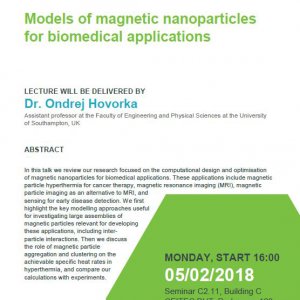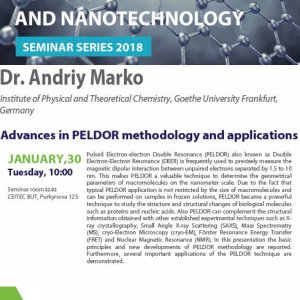Změnit instituci
- O instituci
- Výzkum
-
Centrální laboratoře
- Výzkumná infrastruktura CEITEC Nano
- Interakce a krystalizace biomolekul
- Centrální laboratoř RTG difrakce a Bio-SAXS
- Centrální laboratoř Nanobiotechnologie
- Národní NMR centrum Josefa Dadoka
- Kryo-elektronová mikroskopie a tomografie
- Centrální laboratoř - Proteomika
- Laboratoř rostlinného výzkumu
- Centrální laboratoř Buněčné zobrazování
- Centrální laboratoř - Genomika
- Laboratoř multimodálního a funkčního zobrazování
- PhD Škola
- Novinky/Akce
- Kontakty







